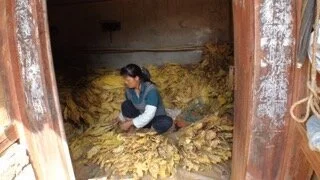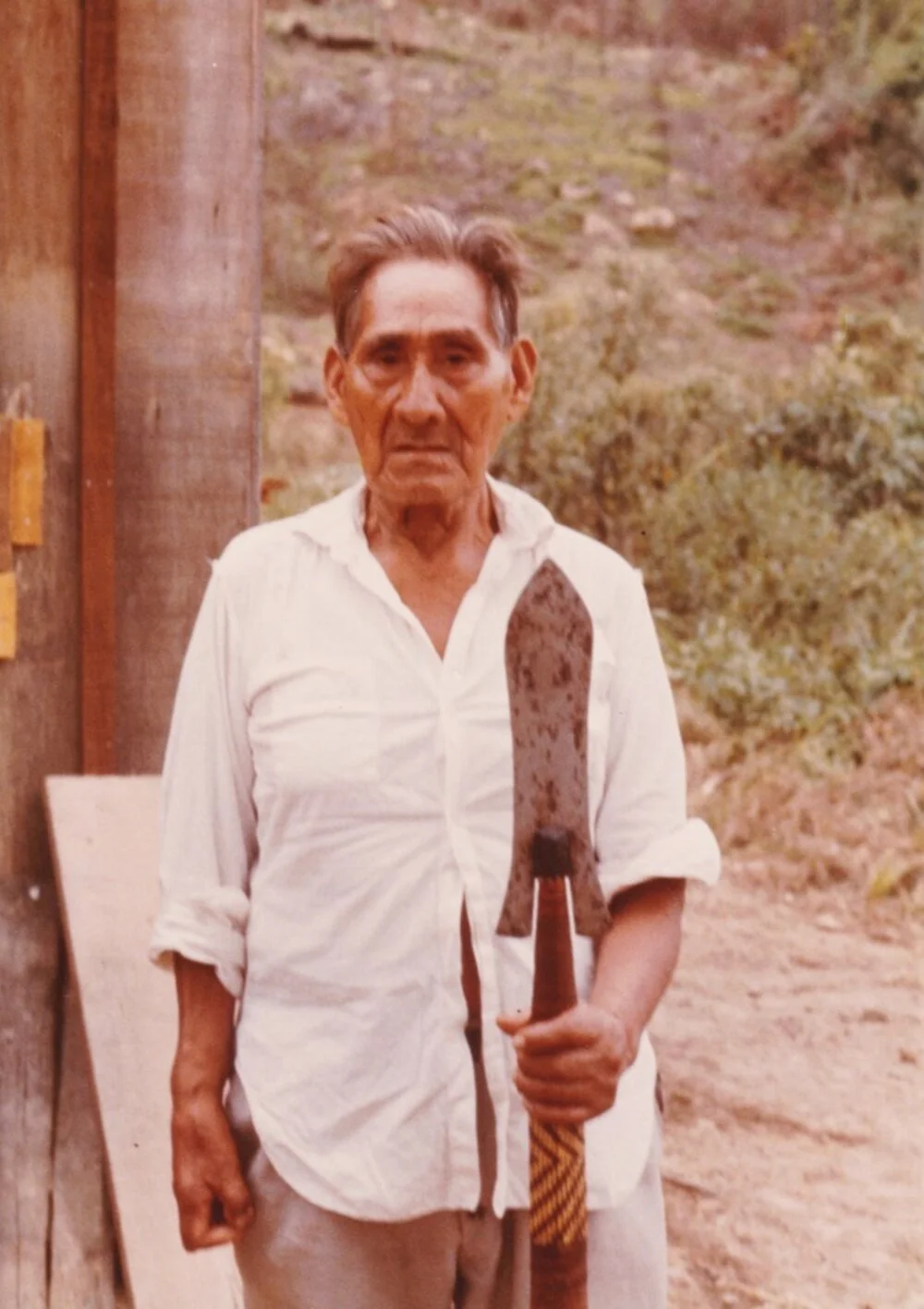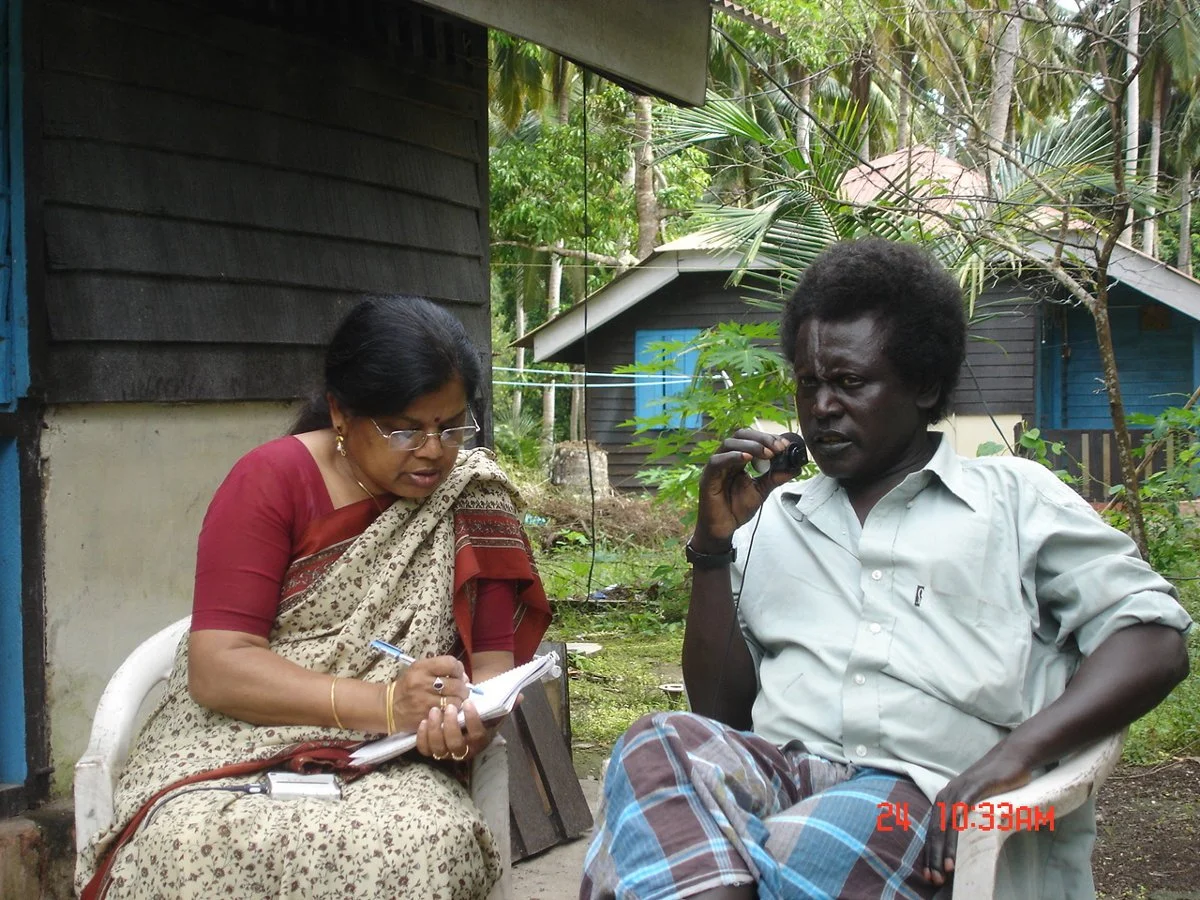STORIES
Dalabon
Dalabon Language of Arnhem Land
by Maïa Ponsonnet
ARC DECRA Post-doctoral Fellow
Linguistics | School of Literature, Art and Media |
Faculty of Arts and Social Sciences
The University of Sydney
Maggie Tukumba, one of the last Dalabon speakers (photograph by Maïa Ponsonnet)
Dalabon is an Australian Indigenous language of Arnhem Land, a region owned by Aboriginal groups in the Australian Top End (central north of the continent). In precolonial times, Dalabon used to be spoken by a few hundred semi-nomadic hunter-gatherers. In the second half of the 20th century, the then-upcoming Dalabon generation adopted Kriol, an Australian creole – that is, a language that combines English and local languages. Kriol gradually replaced Dalabon, and nowadays the Dalabon language is fluently spoken by less than ten elderly people.
While Dalabon and Kriol speakers alike express some regret that their ancestral language is no longer in use, most of them are very attached to Kriol, also a strong identity marker. Dalabon speakers seem somewhat ambivalent about language choices. They express their desire to see their children and grandchildren learn Dalabon, yet they mostly address them in Kriol – in other words, in the language children can understand. As a matter of fact, humans do not always decide which language they speak: the social and political context greatly impacts these choices.
While inter-generational transmission has been interrupted, speakers act to preserve their language in other ways. Several of the “last speakers” of Dalabon are (or were, as some of them have died) inexhaustible language consultants and have spent hours and hours working with linguists to record their ancestral language. Language documentation is one of the few remaining contexts in which Dalabon speakers can use their native tongue extensively. Recording long stories, describing random pictures and correcting the linguist’s clumsy utterances cannot replace daily conversation. But at least, speakers can just talk away, line up words, lose themselves in familiar intonations, rediscover forgotten vocabulary or indulge in virtuoso grammatical constructions. I have worked with speakers who simply did not want to stop, but continued to offer to record story after story, to transcribe, translate and explain again and again, in never ending working sessions.
I have often wondered about their deep motivations. I like to imagine that one day, some of their descendants will use these recordings to learn about the language again, when all fluent speakers are gone. But Dalabon speakers do not discuss the linguistic consequences of their own passing very concretely – and who would? The most explicitly articulated intention behind their eagerness to record Dalabon is, very simply, to create a record. Leitmotiv prompts during sessions aim at warranting that some inalterable trace of the language is somehow produced. ‘Write it down’, they insist, pointing at my notebook or computer screen; ‘you got it there, right?’; ‘we’ll straighten it up, make sure it’s all there’; ‘put it in the book’. The book they have in mind is intended for their children and grandchildren, but also for others: they want the whole world to read it, from tourists to politicians, in Australia and elsewhere. But on the other hand, it does not seem to matter much who actually accesses it. Perhaps what they want, after all, is just an eternal record of the language that sings their lives, with its words, its rules, its music, and its reassuring beauty.
CONTINUE READING STORIES
















